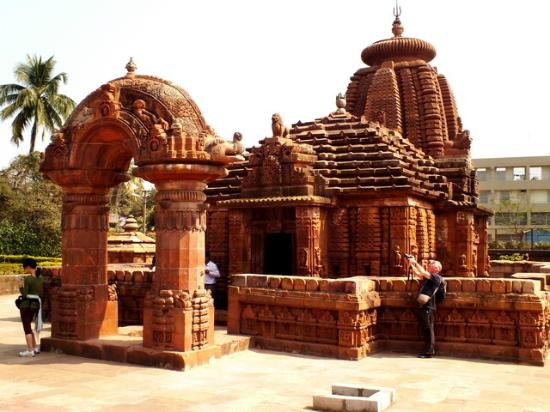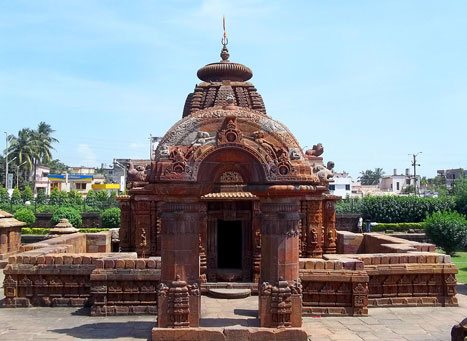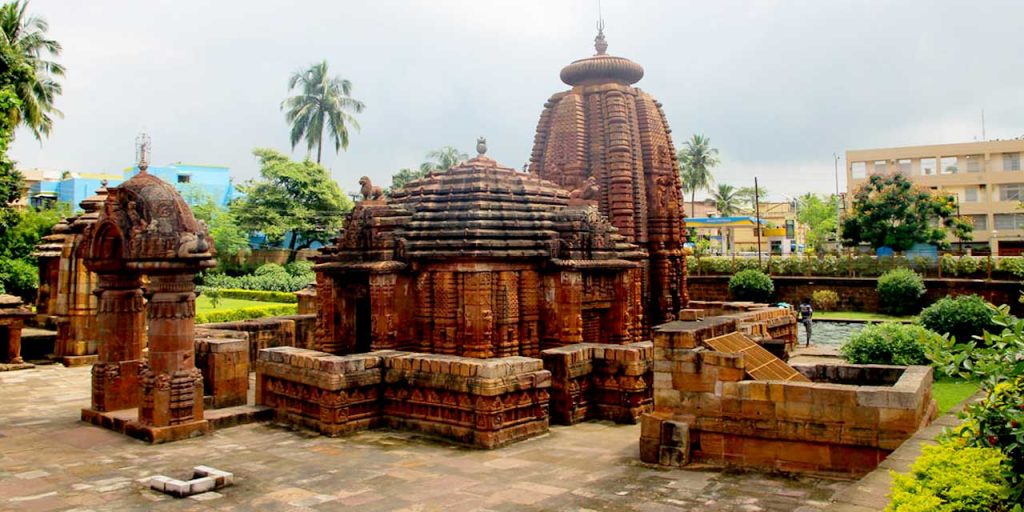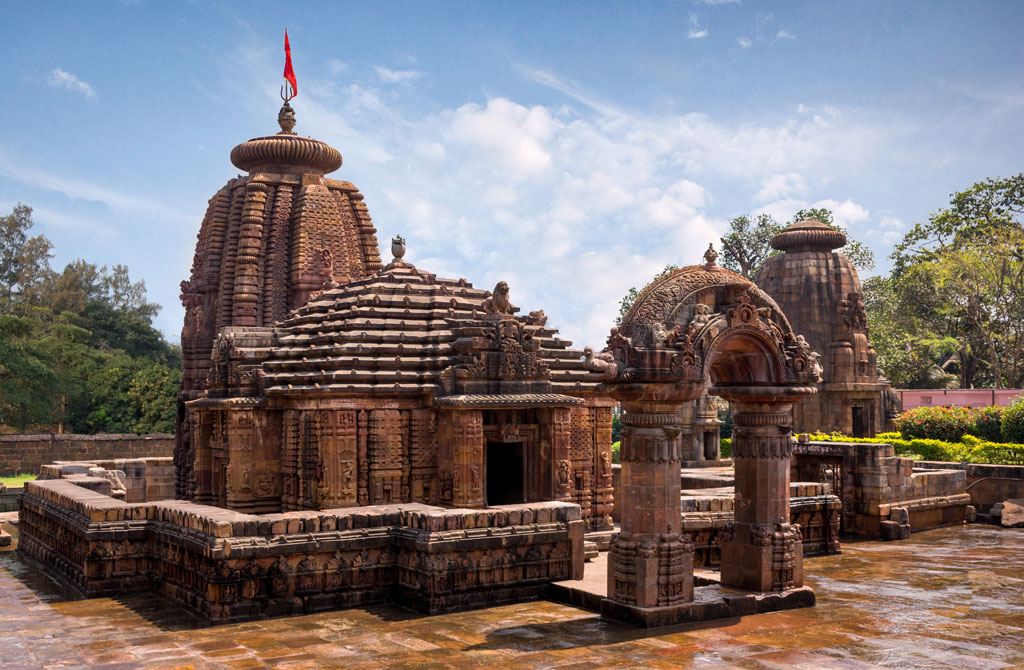MUKTESHWAR TEMPLE
Mukteshwara Temple (IAST: Mukteśwara; also spelt Mukteswara) is a 10th-century Hindu temple dedicated to Shiva located in Bhubaneswar, Odisha, India. The temple dates back to 950–975 CE and is a monument of importance in the study of the development of Hindu temples in Odisha. The stylistic development the Mukteswara marks the culmination of all earlier developments, and initiates a period of experiment which continues for an entire century, as seen in such temples as the Rajarani Temple and Lingaraj temple, both located in Bhubaneswar. It is one of the prominent tourist attractions of the city.

The Mukteshvara Temple is found to be the earliest work from the Somavamshi period. Most scholars believe the temple is the successor to Parashurameshvara Temple and built earlier to the Brahmeswara Temple (1060 CE). Percy Brown puts the date of construction of the temple to 950 CE. The presence of a torana, which is not part of any other temple in the region, makes this temple unique and some of the representations indicate the builders were starters of a new culture. K.C. Panigrahi places the temple to be built during 966 CE and postulates that the Somavamshi king Yayati I built the temple. He also associates the legend of Kirtivassa to this temple, but the postulation is not accepted as Kirtivasa is associated with Lingaraja, though both were built at the same time for the same deity, Shiva. There is no historic evidence to conclude that Yayati had built the temple.

This architecture is one of the basic reasons why Mukteshvara Temple is also known as the “Gem of Odisha architecture” or “Kalinga Architecture” . The temple faces west and is constructed in a lower basement amidst a group of temples. The pyramidal roof to the jagamohana present in the temple was the first of its kind over the conventional two tier structure. The temple is a small one compared to other larger temples in Bhubaneswar. The temples is enclosed within an octagonal compound wall with elaborate carvings on it. It is believed that the experiment of newer pattern in the temple showed a mature phase compared to its predecessors and culminated the beginning of replication of similar pattern in the later temples in the city. The temple has a porch, called torana, which acts as the gateway to the octagonal compound. The temple has two structures namely, the vimana (structure above the sanctum) and a mukhasala, the leading hall, both of which are built on a raised platform. The temple is the earlies to be built in pithadeula type.

The most important feature of the Mukteshvara Temple is the torana, or the arched gateway, dating back to about 900 CE and showing the influence of Buddhist architecture. The arched gateway has thick pillars that have strings of beads and other ornaments carved on statues of smiling women in languorous repose. The porch is a walled chamber with a low, massive roof and internal pillars. The combination of vertical and horizontal lines is skilfully arranged so as to give dignity of buildings of moderate height. This early astylar form of the temple is best illustrated in this temple. The gateway has sculptures that range from elaborate scrolls to pleasant female forms and figures of monkeys and peacocks. The front and back of the arch are similar in design.

Mukteshvara means “Lord of Freedom” (from the cycle of births and deaths). The temple is dedicated to Hindu God Shiva. There are a number of sculptures of skeletal ascetics in teaching or meditation poses. Some scholars correlate the role of the temple as a centre for Tantric initiation with the name Mukteshvara as a possible thesis. The outer face of the compound wall has niches of Hindu deities like Saraswathi, Ganesha and Lakulisha (the fifth century founder of the Pashupata sect of tantric Shaivism). The numerous images of Lakulisha are found in miniature forms within Chaitya arches, showing various mudras like yoga, Bhumispara and vyakyana with yogapatta tied to their knees. They are accompanied by the images of the disciples. According to tradition, barren women give birth to sons if they take a dip in the Marichi Kunda tank in the premises of the temple on the night before Ashokashtami car festival. On the evening, the water in the tank is sold to the public.
Thanks for reading.